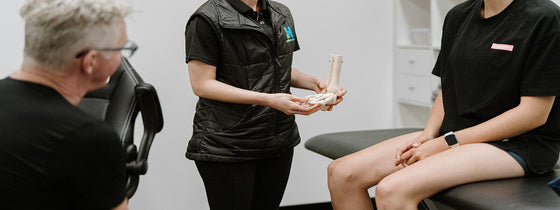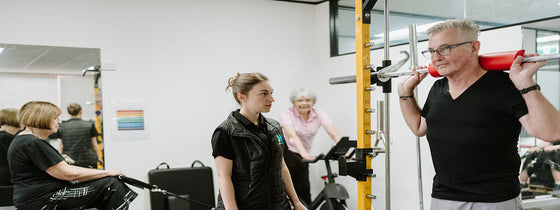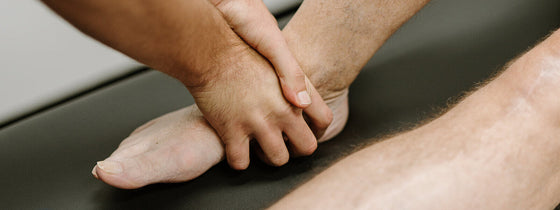The knee is a complex joint that relies on various structures to function smoothly. Among these structures are the menisci, two crescent-shaped pieces of cartilage that act as shock absorbers between the thighbone (femur) and shinbone (tibia). However, some individuals are born with an abnormally shaped meniscus known as a discoid meniscus. This condition can lead to various symptoms and challenges, but with the right physiotherapy approach, patients can manage and even overcome these issues.
What is a Discoid Meniscus?
A discoid meniscus is a congenital condition where the meniscus is thicker and more disc-like or oval-shaped, rather than the typical crescent shape. This abnormality most commonly affects the lateral meniscus, which is located on the outer side of the knee. While the exact cause of a discoid meniscus is not well understood, it is believed to be a developmental anomaly present from birth.
Symptoms and Diagnosis
Many individuals with a discoid meniscus may not experience any symptoms and may only discover the condition incidentally during imaging for another issue. However, when symptoms do occur, they can include:
· Knee pain
· Swelling
· Stiffness
· A popping or clicking sensation
· Locking or catching of the knee
Diagnosis involves a combination of a physical examination and imaging studies such as X-rays or MRI scans. These tools help to confirm the presence of a discoid meniscus and assess any associated damage or abnormalities.
How can we help you?
The Physio team at OHL can play a crucial role in managing the symptoms of a discoid meniscus and improving knee function. Here are some key aspects the team may use in treatment of this condition:
· Pain Management: Physiotherapists use various techniques to alleviate pain, including manual therapy, ice or heat application, and electrotherapy. These methods help reduce inflammation and provide relief from discomfort.
· Strengthening Exercises: Strengthening the muscles around the knee, particularly the quadriceps and hamstrings, is essential for providing stability and support to the joint. Physiotherapists design personalized exercise programs to target these muscle groups and enhance overall knee strength.
· Flexibility and Range of Motion: Maintaining and improving the knee's range of motion is vital for preventing stiffness and ensuring smooth movement. Stretching exercises and techniques such as joint mobilization are used to achieve this goal.
· Activity Modification: Physiotherapists educate patients on modifying their activities to avoid exacerbating symptoms. This may include advice on proper techniques for daily activities, sports, and exercises to minimize stress on the knee.
· Functional Training: Functional training focuses on improving the patient's ability to perform everyday tasks and activities. This includes balance training, proprioception exercises, and gait training to enhance overall knee function and stability.
When is Surgery Necessary?
In some cases, conservative management through physiotherapy may not be sufficient, and surgical intervention may be required. Surgery is typically considered when:
· Symptoms are severe and persistent
· There is significant mechanical dysfunction, such as frequent locking or catching
· Conservative treatments have failed to provide relief
Post-surgery, physiotherapy remains a critical component of the rehabilitation process, helping patients regain their strength, flexibility, and function.
A discoid meniscus can present challenges, but with the right physiotherapy approach, patients can manage their symptoms effectively and maintain an active lifestyle. If you suspect you have a discoid meniscus or are experiencing knee pain, reach out to the physios at OHL to help develop a personalized treatment plan tailored to your needs! Book today via 9431 5955, or via the Client Portal on our website.

If you're experiencing back or neck pain with neurological signs and symptoms, a thorough neurological examination is crucial for accurate assessment and effective treatment. In this Optimal Tip learn more about what we mean by completing a neurological exam!

Squats, deadlifts, and calf raises are key movement patterns that should be part of every strength and conditioning program—regardless of age and activity level. These functional movements support joint health, improve posture and balance, and reduce the risk of injury while building strength where it matters most.

A ganglion cyst is a fluid-filled swelling that typically forms over a joint or tendon sheath, causing discomfort and pain, especially when pressing against nerves or joints. Proper assessment and treatment, including physiotherapy, are essential for managing symptoms and improving function in the presence of a ganglion in your hand, foot, or wrist.